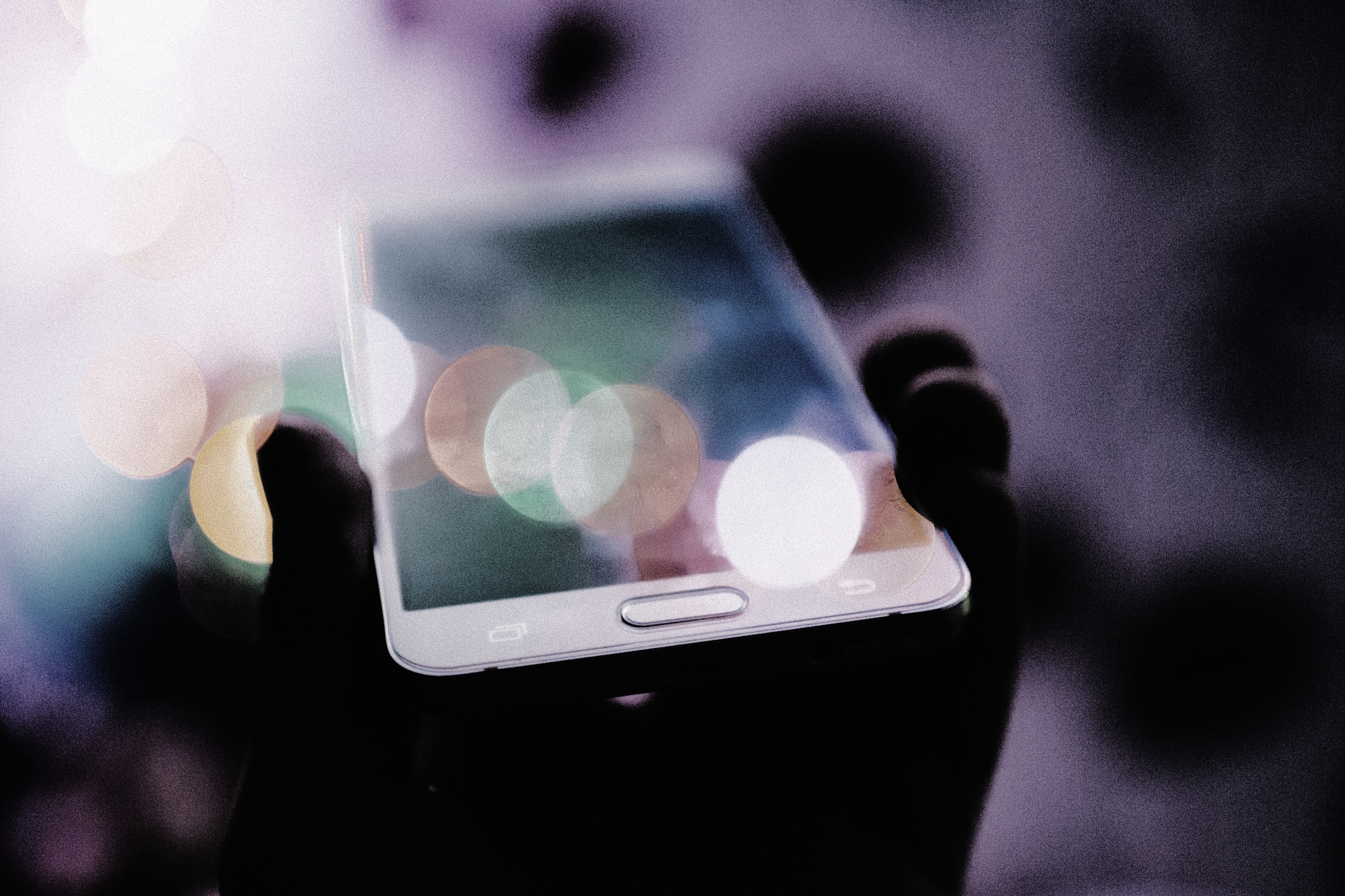Tech Offers Promising Way to Narrow Black Mental Health Treatment Gap
Adia Harris, Contributing Writer
With nearly 90 percent of Americans owning mobile phones the ‘tech age’ is not just upon us, it's all around us. We use our mobile devices to solve problems, broker social interactions and even as pillow companions before falling asleep.
And that’s powerful stuff. Somewhere in the ‘app for that’ magic, mental health care is finding a new home in tech. The question is: Can it provide effective solutions?
The answer is not crystal clear. What is clear is that adequate help for mental health conditions is lacking. The National Institute of Mental Health reports that 50 percent of U.S. counties have no mental health providers, and research reveals disparities in treatment access are severely impacting minorities, leading to higher rates of misdiagnosis and more costly treatment.
Increasing access to timely and cost-effective treatment is vital to narrowing the mental health treatment gap. Here are some tech resources currently available:
Online support groups:
The need for support is universal, and online forums created a new cyberspace for connections. Today, people continue to connect via support websites from everywhere imaginable.
▼
Remote and Online Counseling:
Talk therapy is a clinically proven method of treatment for mental disorders and Computers and mobile phones continue to expand access to this of treatment.
▼
Mental Health Applications:
Mobile apps are making impactful waves in healthcare. We use these devices for a number of daily activities to make our lives easier and more productive, why not use them for mental wellness?
▼
Wearable Tech:
Wearable tech is the most passive form of mental health tech. It can help with early diagnosis and in determining effective treatment methods.
▼
The Pros:
- Transcend geographic barriers: Connecting online can break isolation barriers felt by sufferers of mental illness by providing a space to share stories, express intense emotions, and garner support when direct interactions are difficult.
- Accessibility: Online support groups are usually free to join and are accessible at any time, day or night.
- Community environment: Virtual communities help lessen negative feelings brought on by stigma, and are a great forum to share information about health resources.
The Cons:
- No physical interaction: Anonymity helps facilitate open interactions, but be mindful of information you share online. Individuals you interact with can provide support only, not a plan of treatment.
- Not clinical therapy: Support groups are not legally liable to provide accurate medical advice. Seek professional help during periods of severe crisis.
Notable websites:
The Pros:
- Transcends geographic barriers: Like online forums, patients and therapists can connect regardless of their physical locations.
- Effective instructional therapy: Therapist Gillian Isaacs Russell states, “Therapies such as cognitive behavioral therapy (CBT) and positive psychology can be very appropriate for online use because they are didactic and not relationship based.”
The Cons:
- Limits nonverbal communication: Research indicates at least 60 percent of communication is nonverbal. Consider the nature of your mental health concerns to determine whether in person therapy would be more effective.
- Ineffective for crisis situations: Time and distance constraints can make remote therapists unreachable during emergencies. Always have contacts readily available when in immediate crisis.
National Suicide Prevention Lifeline:
1 800 273 TALK (8255)
Crisis Text Line:
Text HOME to 741741
Notable services:
The Pros:
Affordability: You can search for free mental health apps in your smartphone’s app store; apps that do cost are usually between $1-$6.
- Brain Training: Many mental health apps are geared toward skill assessment and development, regularly exposing users to a broader range of thinking and coping methods.
The Cons:
- No evaluation standards: There is no clinical criterion for rating mental health websites or apps. You may want to consult with a healthcare provider for suggestions, and or develop your own rating criteria.
- Choosing Wisely: Be careful not to inundate yourself with too many applications. Start with one or two apps to find what works best with your treatment plan.
Notable apps:
The Pros:
- Allows for self-management: Wearable tech can facilitate a personal understanding of mental health conditions and patterns of behavior.
- Data Collection: Wearable tech gathers data without user assistance. Clinicians and therapists can use this data to track potential relapses and determine long-term treatments.
The Cons:
- Privacy: When dealing with personal health data, vigilance is key. Mental health tech is relatively new and systems of governance are still developing.
- Medical vs. consumer devices: Not all wearable tech is created equal. Clinically tested tech is likely to provide the best results, but consumer devices can be just as costly. Do your research.
Notable tech:
Although mental health technology is relatively new territory, with legitimate concerns to be addressed, it undoubtedly empowers both patients and mental health providers. Digital mediations cannot replace the necessity of physical interaction, but they are promising resources for bridging the treatment gap.




